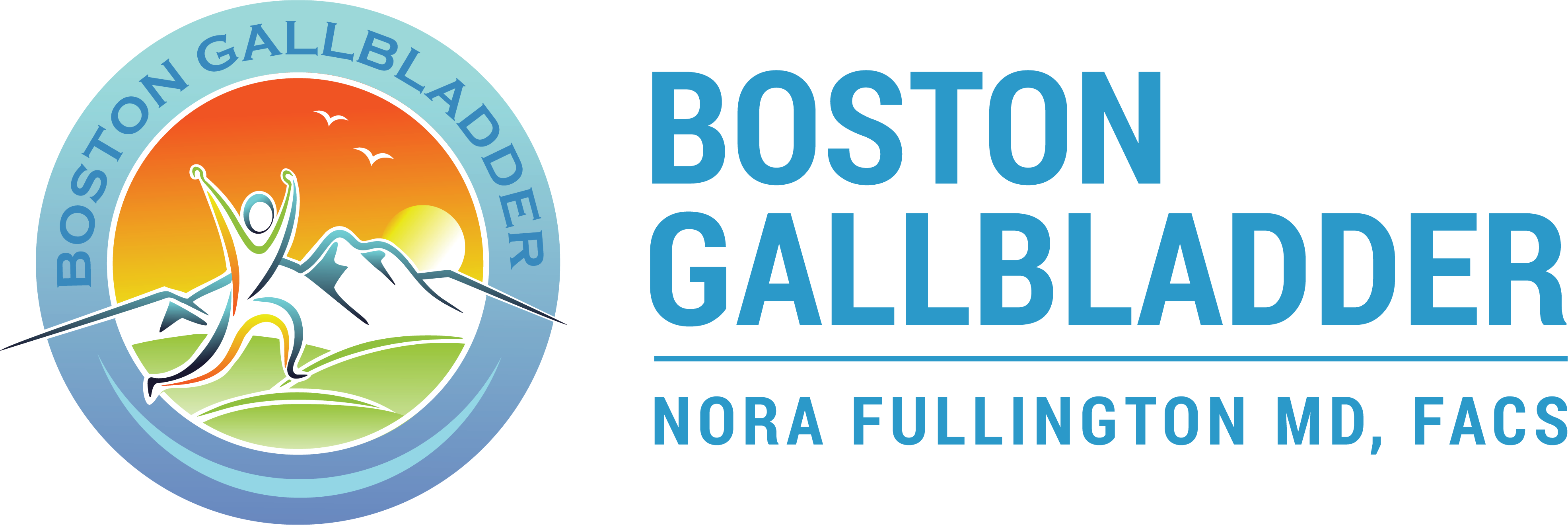Once it has been determined that a patient’s symptoms are related to gallbladder disease, laparoscopic cholecystectomy is often recommended.
Surgery to remove the gallbladder is completed laparoscopically (laparoscopic cholecystectomy) 99% of the time. This means it is completed with small incisions (usually 4 incisions – each about 1/4″-1/2″ in size) over the upper abdomen. The abdomen is inflated with a gas and the gallbladder duct and artery are clipped with small clips and cut. This allows the gallbladder to be detached from it connections to surrounding structures. The clips that are used are permanent but they are compatible with MRIs and don’t require any special care when going through detectors in the airport. The gallbladder is removed via a small bag that is placed into the belly.
There are risks involved in every surgery including bleeding, infection, and injury to surrounding structures. In the case of gallbladder surgery, one of the more serious risks is injury to the main main bile duct (“common bile duct”). Common bile duct injuries occur less than 0.01% of the time and careful steps are taken to minimize this risk curing surgery. These steps involve identifying certain structures clearly to ensure the common bile duct is avoided. In cases of emergency surgery or significant scarring to the area, the risk to this duct can increase. If an injury occurs, a second surgery to repair the duct would be required.
Other risks include the possibility that a stone had passed from the gallbladder into this main duct prior to surgery and later goes on to block up the main duct. Gallstones are often the culprit when it comes to development of gallbladder symptoms. Stones that are small enough in size often pass through the ducts into the intestines without difficulty but occasionally these stones can block the other ducts in this area. A stone can be making its way through these other ducts at the time of surgery and would not be removed with the gallbladder in this circumstance. A stone that then goes on to block the main duct is then called a “retained stone.” The chance of this problem occurring is 1% and is treated by an endoscopy by a gastroenterologist where the stone is extracted.
Another risk of gallbladder surgery is the risk of bile leak. This occurs when the end of the main duct spasms and prevents easy passage of bile into the intestine. The results in a back up pressure to the surgical site where clips were placed on the duct or where the gallbladder was attached to the liver. Bile can leak from these areas causing sharp pain in the upper abdomen usually within about 2 weeks after surgery. The risk of developing a bile leak after laparoscopic cholecystectomy is about 1% and is treated by the same endoscopy procedure during which the spasming area is opened to allow normal flow of bile, alleviating the back up pressure causing the leak.
If you have more questions, contact us for an evaluation.
